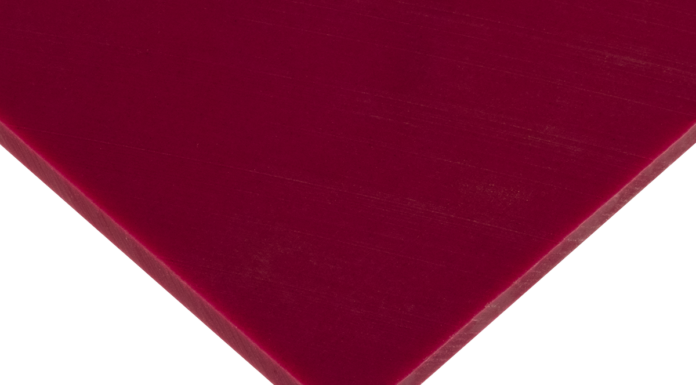
A University of Minnesota research team has 3D-printed an array of light receptors on a hemispherical surface, in a first step toward creating a “bionic eye” that could someday help blind people see or sighted people see better.
Using their custom-built 3D printer, the researchers started with a base ink of silver particles. The ink, when dispensed on the surface of a hemispherical glass dome, stayed in place and dried uniformly instead of running down the curved surface. The researchers then used semiconducting polymer materials to 3D-print photodiodes, which convert light into electricity. The high-performance polymer-based photodetectors were characterized, and the devices were integrated into image sensing arrays with high sensitivity and wide field of view.
Professor Michael McAlpine, leader of the research team, said the most surprising part of the process was the 25 percent efficiency — a level comparable to that of microfabricated counterparts — that the team achieved when converting the light into electricity with the fully 3D-printed semiconductors.
“We have a long way to go to routinely print active electronics reliably, but our 3D-printed semiconductors are now starting to show that they could potentially rival the efficiency of semiconducting devices fabricated in microfabrication facilities,” McAlpine said. “Plus, we can easily print a semiconducting device on a curved surface, and they can’t.”
The 3D-printed optoelectronic devices could allow for flexibility in the design and manufacturing of next-generation wearable and 3D-structured optoelectronics — in addition to validating the potential of 3D printing to achieve high-performance, integrated, active electronic materials and devices.
McAlpine said the next steps would be to create a bionic eye prototype with more light receptors and even greater efficiency. The team would also like to investigate printing on a soft hemispherical material that could be implanted into a real eye.
Read more: 3D-Printed Polymer Photodetectors on Curved Surface a “Bionic Eye”
thumbnail courtesy of photonics.com
Related Links:
Tethon 3D and University of Nebraska to Develop First Ceramic and Metal DLP 3D Printer










